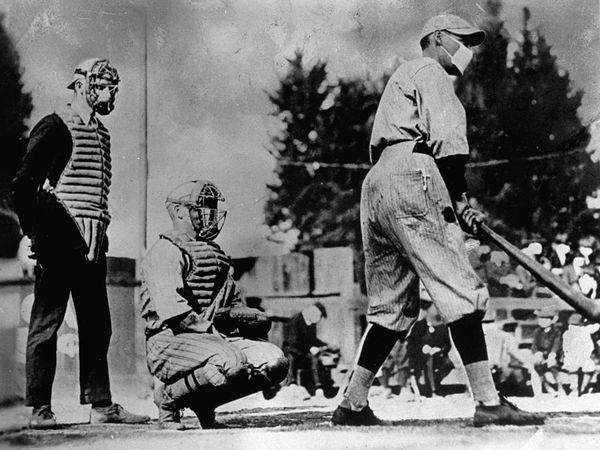Curious that in the Information Age there’s still so much misinformation about potential pandemics. Epidemiology is vastly improved, but the public is often off-base in understanding medicine in our more quantified world, fearing life-saving vaccines while indulging in unhealthy behaviors. Schlocky journalism, a failure to develop critical thinking and our deep fear of horrible deaths conspire to make it so. From David Quammen in the New York Times:
“Humans die in large numbers every day, every hour, from heart failure and automobile crashes and the dreary effects of poverty; but strange new infectious diseases, even when the death tolls are low, call up a more urgent sort of attention. Why?
There’s a tangle of reasons, no doubt, but one is obvious: whenever an outbreak occurs, we all ask ourselves whether it might herald the Next Big One.
What I mean by the Next Big One is a pandemic of some newly emerging or re-emerging infectious disease, a global health catastrophe in which millions die. The influenza epidemic of 1918-19 was a big one, killing about 50 million people worldwide. The Hong Kong flu of 1968-69 was biggish, causing at least a million deaths. AIDS has killed some 30 million and counting. Scientists who study this subject — virologists, molecular geneticists, epidemiologists, disease ecologists — stress its complexity but tend to agree on a few points.
Yes, there probably will be a Next Big One, they say. It will most likely be caused by a virus, not by a bacterium or some other kind of bug. “



